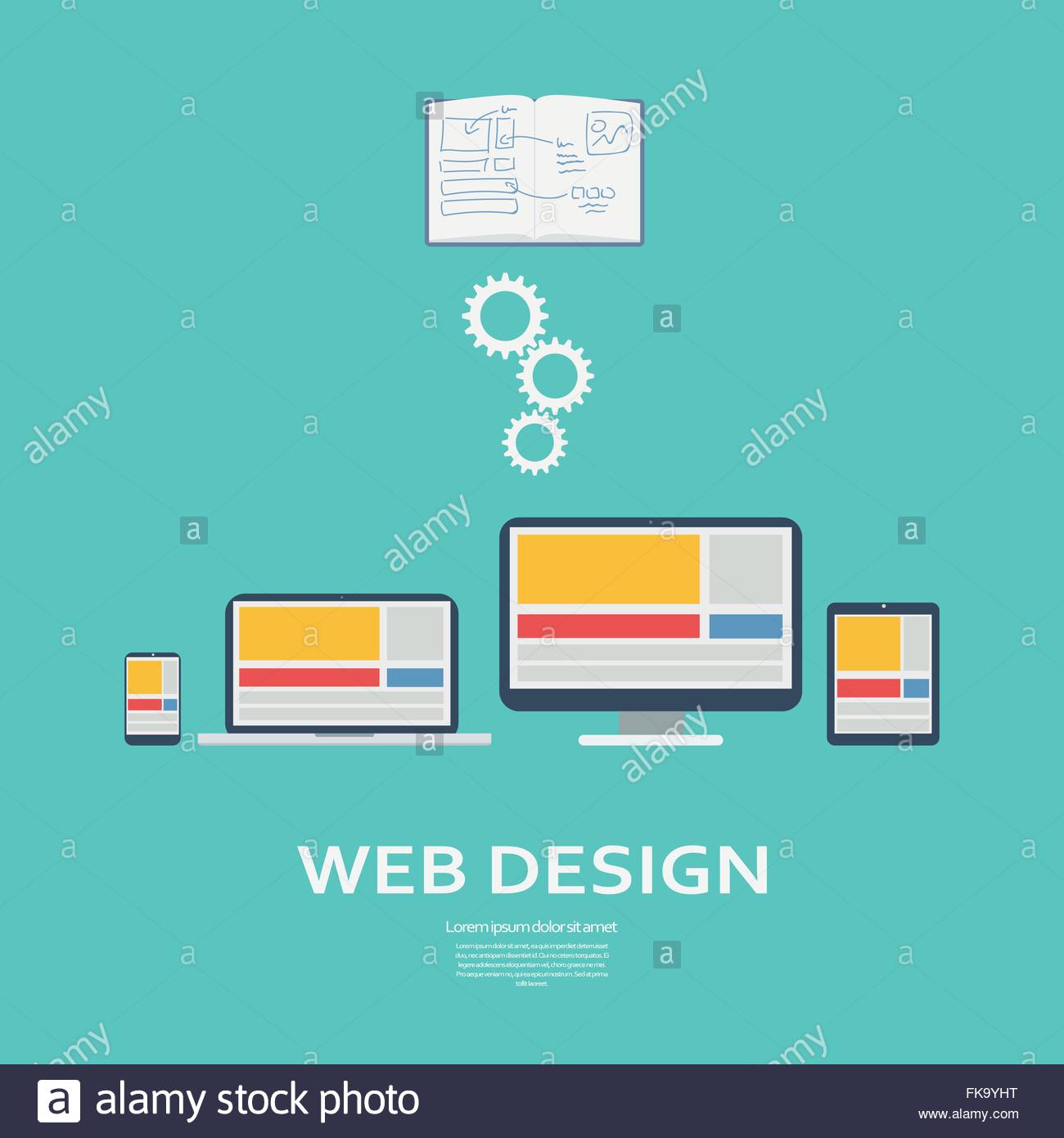Interested In Learning Exactly How Internet Site Layout Has Evolved? Take A Journey Via The Change
Interested In Learning Exactly How Internet Site Layout Has Evolved? Take A Journey Via The Change
Blog Article
Post By-Kahn Bojesen
In the past, web sites were simple and concentrated on details. Navigation was straight, and design was for desktop computers. Currently, individual experience is vital. Information overviews styles for very easy navigation. Receptive designs suit various tools. Today, dark mode lowers stress, and minimal menus enhance navigation. Interactive attributes involve customers, and strong visuals stand apart. AI integration boosts engagement. See how layout has advanced to improve your online journey.
Early Days of Web Design
In the early days of web design, simplicity preponderated. Sites were fundamental, with restricted colors, typefaces, and formats. The focus got on supplying details as opposed to flashy visuals. Customers accessed the net through sluggish dial-up connections, so speed and performance were essential.
Navigation menus were straightforward, typically situated at the top or side of the page. Sites were created for home computer, as mobile browsing wasn't yet prevalent. Content was king, and developers prioritized very easy readability over complicated layout components.
HTML was the key coding language made use of, and designers needed to function within its restrictions. Computer animations and interactive attributes were very little compared to today's criteria. Sites were fixed, with little dynamic web content or personalized individual experiences.
Rise of User-Focused Style
With the evolution of site style, a shift in the direction of user-focused design principles has become progressively popular. Today, creating internet sites that focus on individual experience is vital for engaging visitors and accomplishing business objectives. User-focused layout includes recognizing the requirements, preferences, and habits of your target market to tailor the site's layout, content, and includes accordingly.
Developers now carry out comprehensive research, such as user surveys and use screening, to collect insights and comments straight from individuals. This data-driven strategy aids in producing user-friendly navigation, clear calls-to-action, and visually attractive interfaces that reverberate with site visitors. By positioning the user at the center of the layout process, websites can supply a more individualized and delightful experience.
Responsive layout has actually also emerged as a crucial aspect of user-focused layout, making sure that internet sites are enhanced for various tools and screen dimensions. This flexibility improves access and use, accommodating the varied methods customers communicate with internet sites today. Basically, over here of user-focused design signifies a change in the direction of creating electronic experiences that prioritize the demands and assumptions of completion user.
Modern Trends in Web Design
Discover the latest patterns forming website design today. One prominent trend is dark mode layout, supplying a smooth and modern-day appearance while lowering eye stress in low-light environments. An additional key trend is minimalist navigation, simplifying menus and boosting user experience by concentrating on essential elements. Incorporating micro-interactions, such as animated switches or scrolling effects, can produce an extra appealing and interactive web site. Responsive design continues to be crucial, ensuring smooth customer experiences throughout various tools. Furthermore, utilizing vibrant typography and asymmetrical layouts can add aesthetic passion and draw attention to certain web content.
Incorporating AI technology, like chatbots for consumer support or customized recommendations, enhances customer engagement and enhances processes. Ease of https://www.searchenginejournal.com/cro-without-traffic/435040/ has additionally end up being a significant fad, with designers focusing on comprehensive style methods to deal with diverse individual demands. Welcoming sustainability by maximizing web site performance for rate and efficiency is an additional arising fad in website design. Collaborating with individual responses and information analytics to repeat and improve layout continuously is important for staying pertinent in the ever-evolving digital landscape. By welcoming these modern-day patterns, you can create a visually attractive, straightforward site that reverberates with your target market.
Verdict
As you assess the evolution of internet site style from the very early days to currently, you can see exactly how user-focused style has become the driving force behind modern-day patterns.
Welcome the trip of adjustment and adaptation in website design, always maintaining the individual experience at the forefront.
Keep current with the latest fads and modern technologies, and never stop advancing your method to produce aesthetically sensational and user-friendly internet sites.
Progress, adapt, and develop - the future of web design remains in your hands.
